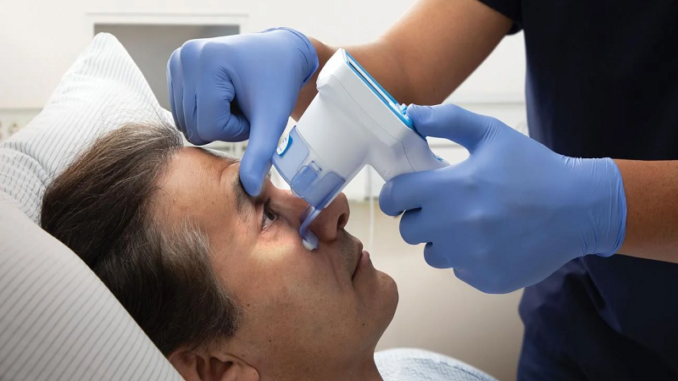
Assessing pupils is one of the most crucial factors for finding neurological differences or alterations that the body has gone through. This assessment is more important for patients with acute problems. When doctors get no time to put the patient through rigorous tests to save his or her life, using advanced measures can be much more beneficial.
Pupil measurement with advanced machines is not new. But the new factor is that this machine can now be handled by healthcare professionals also, who can measure the size of pupils and provide reports to doctors. This advanced machine or an NPi-pupillometer can be utilized multiple times to measure the ophthalmic and neurological conditions of a patient.
Ways of testing pupils
Here are the prime approaches for assessing pupillary responses –
Direct pupillary light reflex
Pupils constrict to direct bright light and dilate to comply with dim lights. For detailed assessment, medical professionals can gently shine light into one eye, and then withdraw the light for a few seconds. Then they can stimulate the eye again and follow the indirect and consensual light reflex in the other eye. The same would be followed if any unnatural effect is observed.
Neurological Pupil Index (NPI)
The evaluation of pupillary reaction can be performed correctly with an advanced NPi-pupillometer device. This practice can help measure the pupil size, latency, and velocity parameters. The parameters are qualified on a scale of 0 to 5. Here 0 is considered non-reactive, and a score of 3 or higher indicates normal pupil behavior.
Swinging flashlight test
This sort of test for the pupil’s assessment helps to compare the functions of two optic nerves. Any decreased input through dysfunctional second cranial nerve may result in less constriction of both eyes, which may require medical attention.
Manual tests may conclude with an unsatisfactory result. For ensuring the well-being of neurological and ophthalmic health by measuring pupil assessment size, using an advanced NPi-300 pupillometer would be much more effective.
Pupil measurement and mental health
The first detection of a connection between pupil diameter measurement and mental health came to know between the 1960s to 1970s. Measurement by an American institute with 500 individuals of different ages (18 to 80) has stabilized the concept of the connection between pupillary movement and responses and emotional intelligence.
Rather than various tough and time-consuming neurological tests, which may produce reports in many days, a modern machine like the NPi-300 pupillometer can accurately provide all the required details. Medical professionals can access all the information at once to find the reasons for static or negative findings on the pupillary light reflex.
However, it should be stated that changes to the pupil sizes or pupillary reflexes are negatively correlated with age. Older people tend to have constricted pupils, while younger ones have comparatively dilated pupils. It helps maintain healthy brain activity so that the distant brain regions can perfectly work together to accomplish challenging tasks and goals.
The questions of TBI and NPi Pupillometer
TBI or Traumatic Brain Injury does not only occur from external trauma but also from some internal problems as well. Brain hemorrhage, heart attack, neurological damage, emotional shock, and many other factors can contribute to the effects of TBI. The result of those traumas will be the same as brain injury, and pupil diameter measurement by advanced machines may show the same metrics as TBI.
The reason to use the pupillometer is that, it will help find out the results faster than usual. This will be more effective before getting the patients through a series of tests.
Non-conclusive Status Epilepticus
Pupillometry can help find conditions like epilepsy. The NCSE or Non-conclusive Status Epilepticus in a neurocritical unit is more challenging. Finding the differences in pupillary light reflex can provide a significantly clearer picture, which may lead to more testing for confirming epilepsy in a patient.
Pupillometers are indeed important for modern medical fields, especially when doctors need to figure out the real conditions associated with the neurological well-being of a person. It can save life, and also help to take life-saving decisions by pupillary measurements at the right time.

Leave a Reply
You must be logged in to post a comment.